Understanding how solar flares affect radio communications
Understanding how solar flares affect radio communications
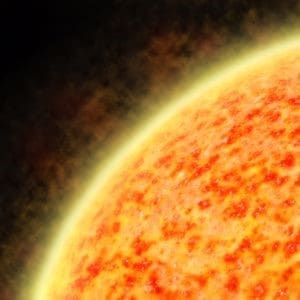
While most solar flares occur with no noticeable effect on our day-to-day activities, they can interfere with cell phone signals as well as radio systems from time to time.
You don’t have to be an astrophile to know that planet Earth is far from being the only place where storms rage. They also occur on the hottest, brightest “place” in our solar system: the sun. Even though the sun may be 93 million miles away from us, the storms that occur there can affect the radio communications systems you use for your various needs. Those impacts are caused by solar flares.
While most of the solar flares generated by storm activity occur with no noticeable effect on our day-to-day activities, they can interfere with cell phone signals and radio systems from time to time. We’ll explore how those disturbance manifest themselves here — and look at how the products built by Barrett Communications are customised to overcome interruptions caused by rogue solar flare activity.
What is a solar flare ?
A solar flare is a brief, intense eruption of radiation that is generated from the sun’s surface and derives from the release of magnetic energy. When storms take place on the sun, they produce these flares, which are charged with atomic particles (mainly protons and electrons) that make the flares extremely bright, forming sunspots. These sunspots eventually dissipate, but they can last for several minutes to a number of hours.
What makes solar flares relevant to radio communications systems?
According to the National Aeronautics and Space Administration (NASA), there are three types (or classes) of solar flares:
- C-class
- M-class
- X-class
C-class, the smallest of the flares, are the most commonplace and rarely impact Earth. M-class are midsized and have been known to cause localised power outages. X-class solar flares are the largest and have caused massive blackouts on a number of occasions.
In fact, on Sept. 6, 2017, during the height of the Atlantic hurricane season, an X-class solar flare erupted on the sun at approximately 8 a.m. local time, according to the American Geophysical Union. Around this same time, several powerful storms were churning in the Atlantic Ocean, including Hurricane Irma, Tropical Storm Jose and Tropical Storm Katia. The combination of hurricane activity and the X-class solar flare disrupted radio communications for nearly all of the Caribbean islands and portions of the southern United States.
“You can hear a solar flare on the air as it’s taking place,” said Bobby Graves, a ham radio operator who manages the Hurricane Watch Net website on behalf of the National Hurricane Center. Speaking with the American Geophysical Union, he added, “It’s like hearing bacon fry in a pan, it just all of a sudden gets real staticky and then it’s like someone just turns the light completely off, you don’t hear anything.”
Solar flares affect radio communications by interfering with the active frequencies of communication systems, particularly HF radios and transceivers. HF and VHF radio propagation is highly affected by the effects solar flares, but the Barrett 4050 HF SDR transceiver mitigates the effects of static and background noise. Using the combination of Digital Signal Processing technology and Digital Voice functionality, which translates voice data into sequenced tones, the effects of solar flares are largely diminished for Barrett Communications HF radios. Find out more about our products by contacting us today.

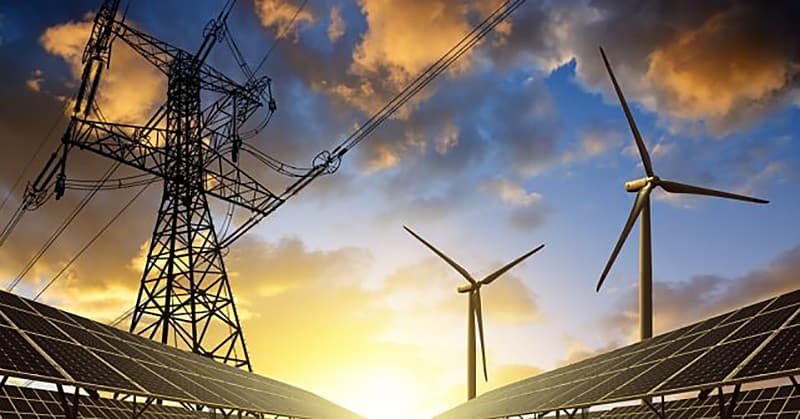
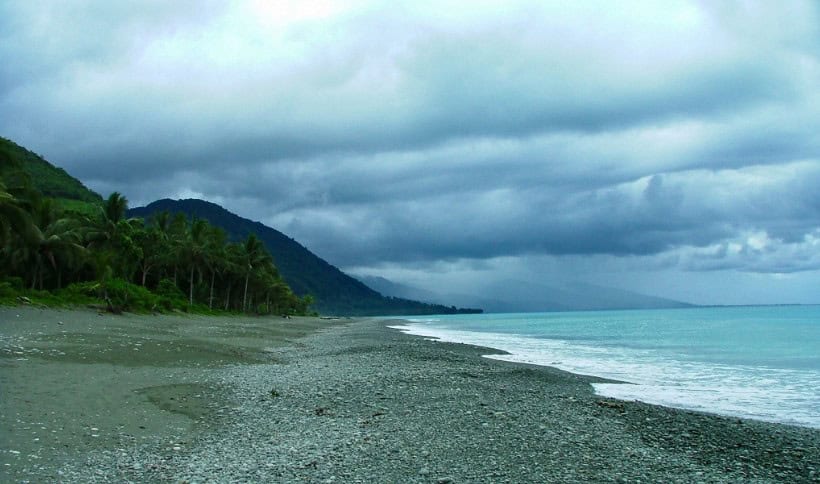

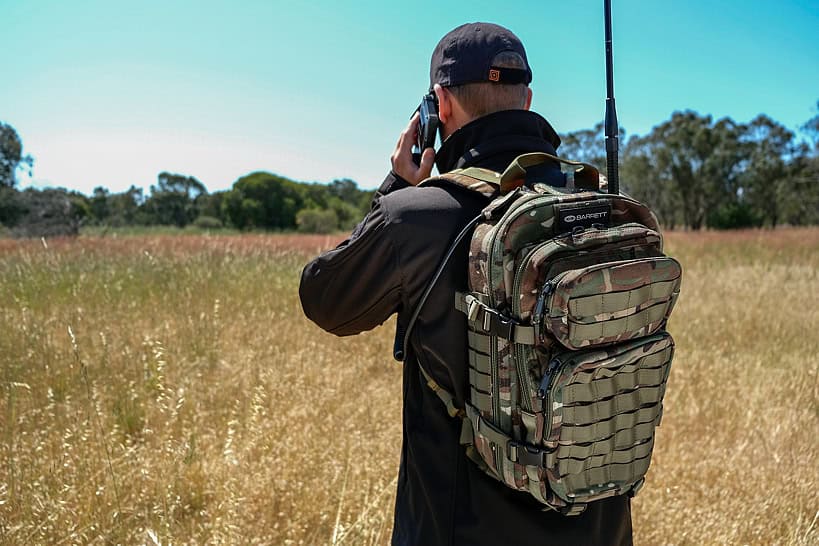
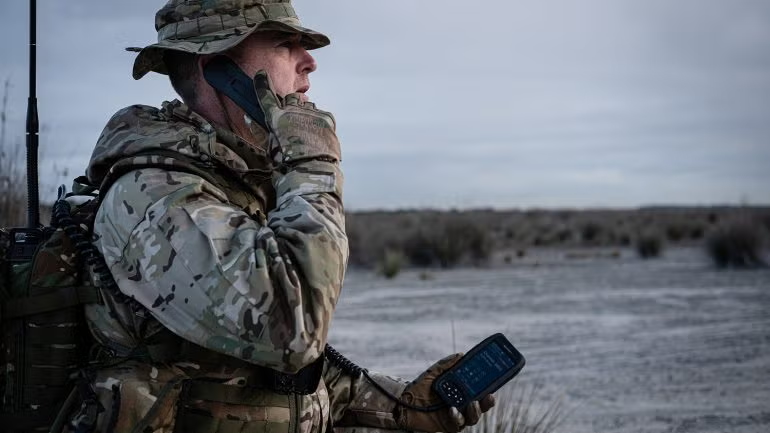
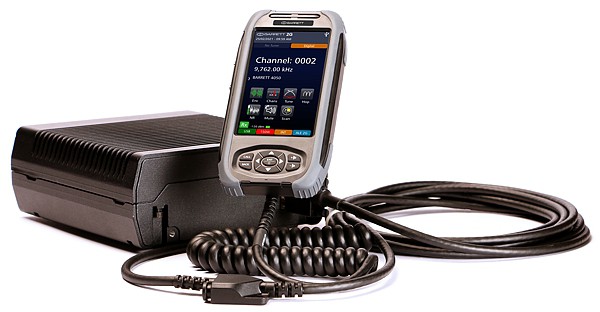

Pingback: Οι ηλιακές εκλάμψεις επηρεάζουν τις τηλεπικοινωνίες; – Κράμα
Pingback: Powerful Solar Storm Lights Up Skies and Disrupts Communications - CarringtonJournal.com